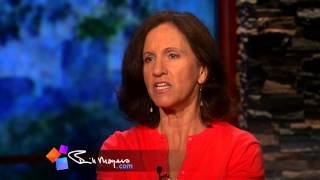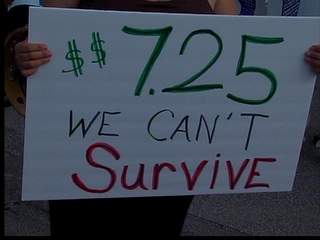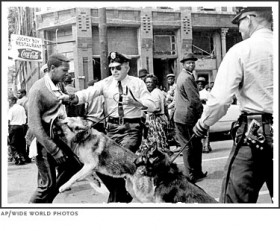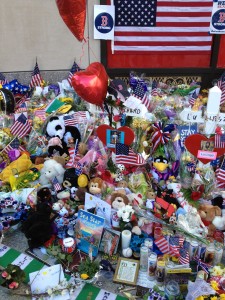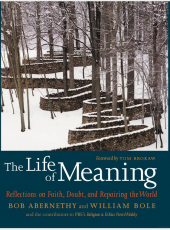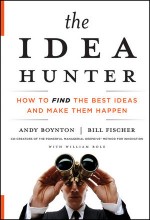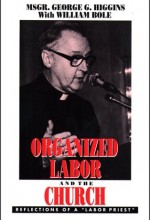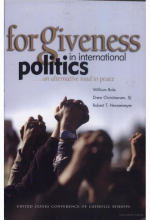There have been many threads of coverage and commentary surrounding the March on Washington’s 50th anniversary, and one of them is naturally about nonviolence: The nation’s leadership had assumed that the march would turn violent, but August 28, 1963, turned out to be one of the most notably peaceful days in the history of the District of Columbia.
Still, the nonviolent character of the movement that the march defined is being questioned. There has been some interesting historical revisionism surrounding Rosa Parks and other civil rights figures who, unlike Martin Luther King, were less-than devoted to nonviolence as an abiding moral principle. (For my take on that, go here.) And now comes a book that, among other provocations, makes the case that King’s struggle was arguably a violent one.
The author is Benjamin Ginsberg, and his forthcoming title is The Value of Violence (Prometheus Books). This month, the Johns Hopkins University political science professor summarized his thesis in the Chronicle of Higher Education. Ginsberg declares in the article that the tactics used by proponents of nonviolence (he names King and Gandhi) “were far from nonviolent.” How so? Because they were “designed to provoke violent responses” from local authorities and thus elicit sympathy from the public.
He cites the 1965 “Bloody Sunday” march in Selma, Alabama (though a much better example would be the Birmingham crusade in the spring of ’63, which was clearly aimed at getting Bull Connor to respond with brutal force). He also points out that the Selma action led to the Voting Rights Act passed five months later and—more significantly in his mind—to an “army” of federal law-enforcement officials in the South. These authorities “wielded the power to suppress white resistance to the registration of black voters.”
Ginsberg contends that “in essence,” the Selma protest succeeded because “the protesters’ allies”—meaning the feds—“had an even greater capacity for violence than their foes.” (A bold assertion, considering the foes included men who had a capacity for lynching.)
It’s not a new idea. During the movement’s early years, the representatives of respectable opinion, including those in the Kennedy administration, argued similarly. They worried that the civil rights campaigners were fomenting violence in reaction to their confrontational brand of nonviolence. For his part, King explained in his 1963 Letter from Birmingham Jail that those who engage in such resistance merely “bring to the surface” and shine a light on the violence inherent in an unjust system. It’s a long stretch to call this violence.
The confusion was understandable at the time. Those were the days before people had any real grasp of nonviolence as a strategy of social change. Circa 1963, you were either a pure pacifist (passive, in other words) or someone who preferred the violent approach. There was no separate category for active nonviolent resistance, as there has been since not only the civil rights victories but also other great nonviolent struggles, notably the ones that toppled Communism in Eastern Europe.
Now there is such a well-known category, although not quite in Ginsberg’s thinking. Police dogs, peaceful (though provocative) protests—they’re all the same. They’re all part of the scheme of political violence, as he sees it.
I should quickly add that Ginsberg, who chairs the Center for Advanced Governmental Studies at Johns Hopkins, isn’t critical of the historic civil rights movement, on that score. He has a broader agenda—to debunk the now-familiar view in some quarters that violence is “not the answer” to our problems. It is very often the answer, he asserts. “Violence and the threat of violence are the most potent forces in political life,” he writes contrarily, in a challenging thesis that bears revisiting when the book comes out. …read more

